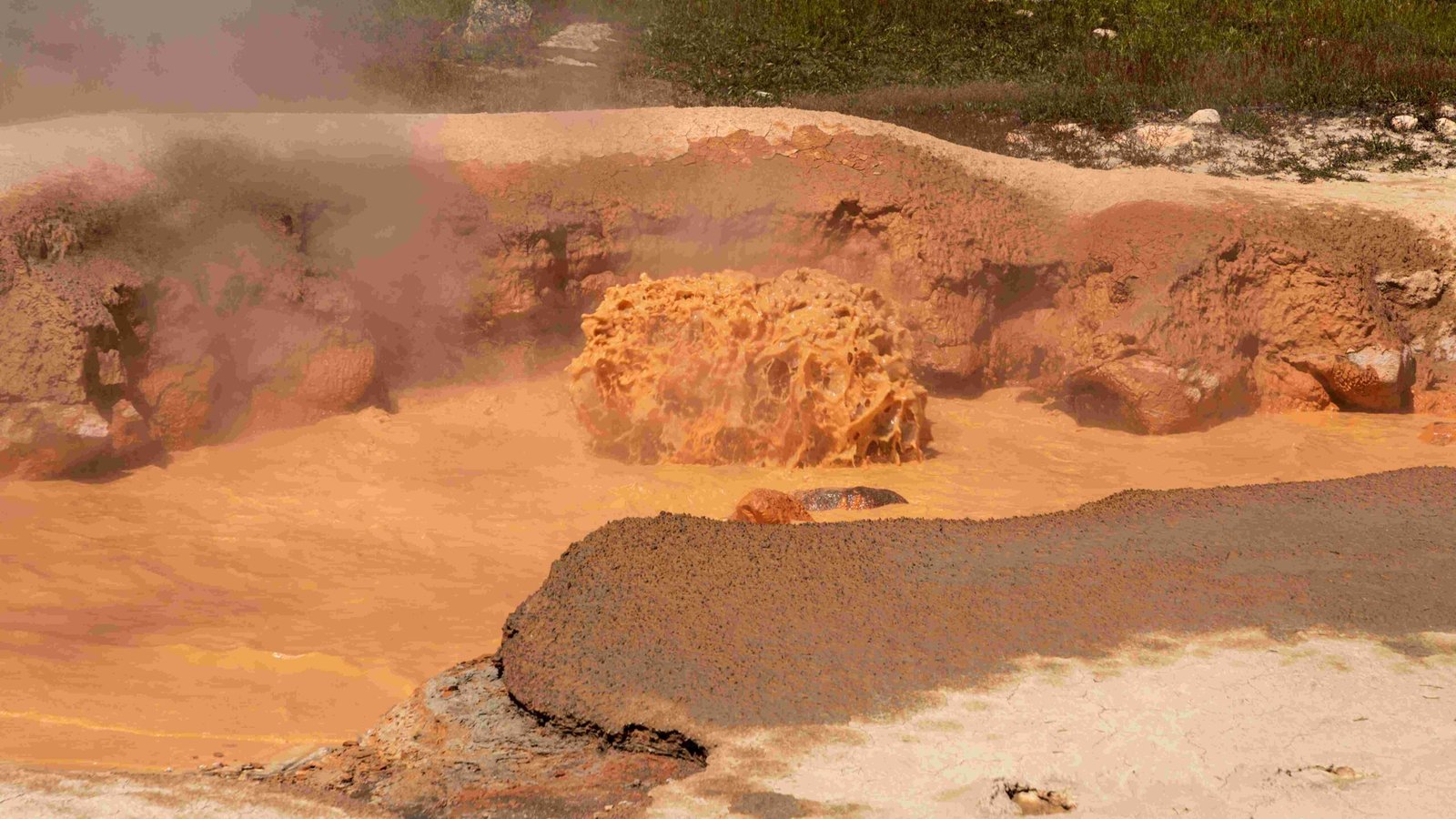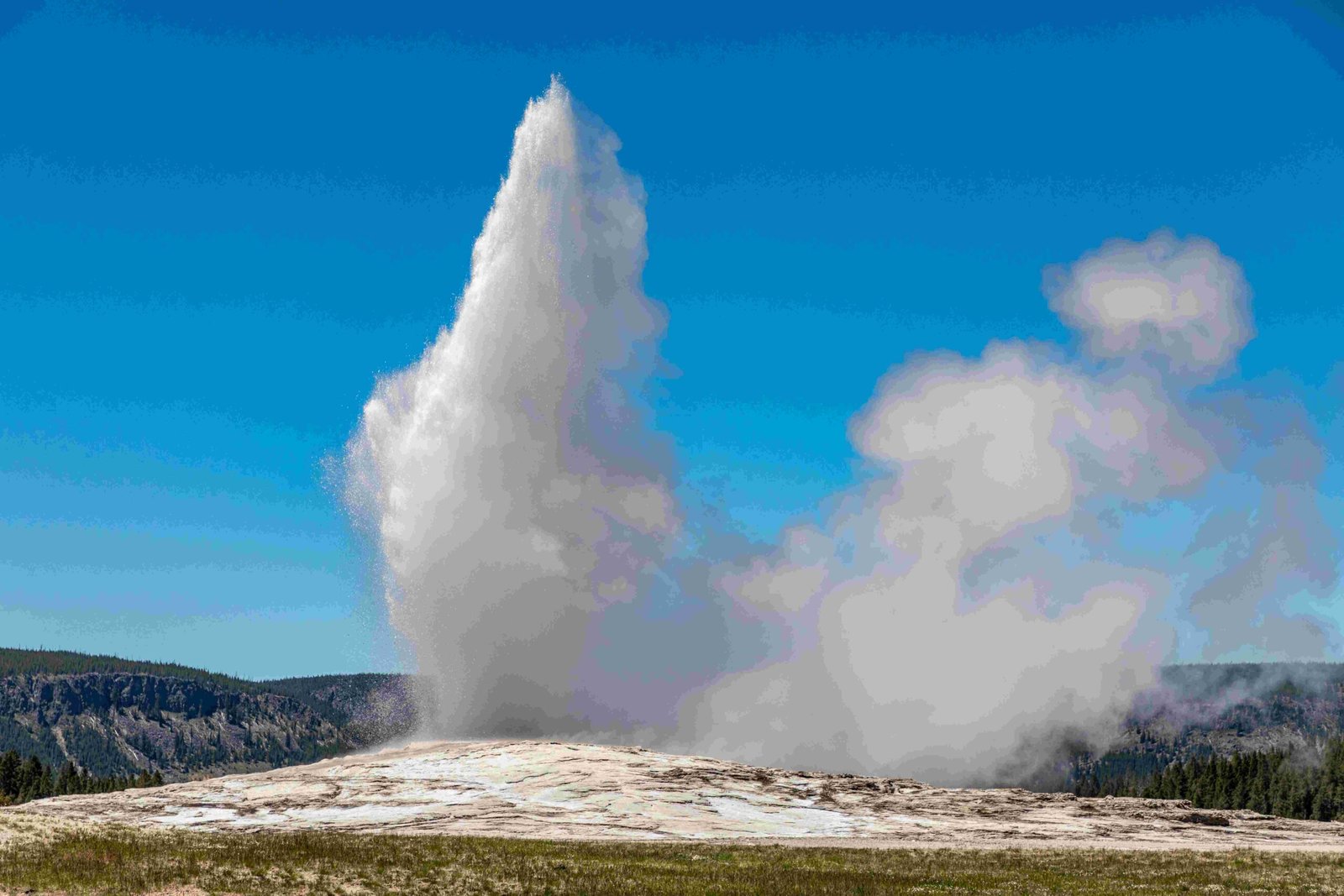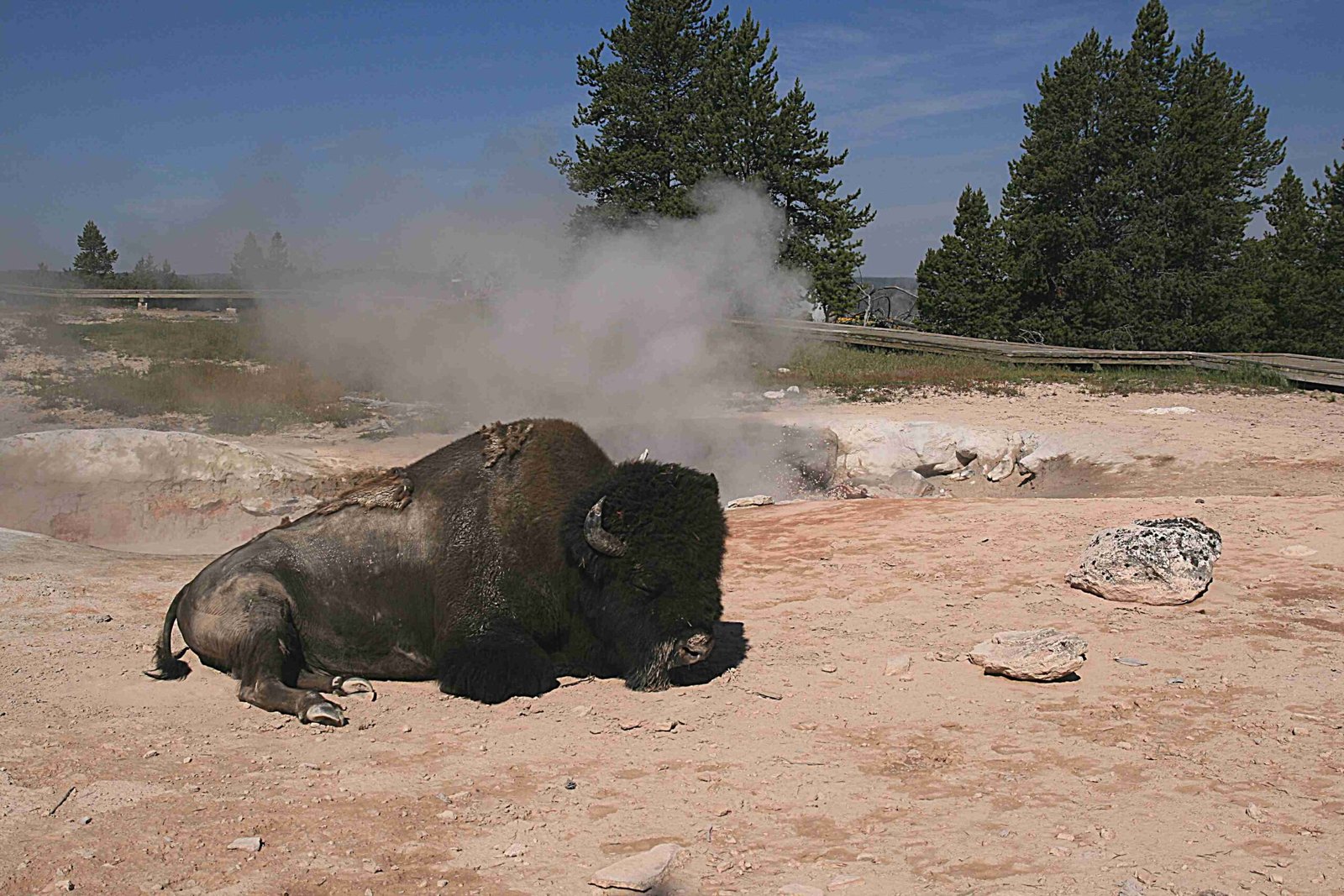Yellowstone National Park is home to a diverse array of wildlife, including 67 mammal species, 318 bird species, and numerous fish and reptiles. The park’s animal population fluctuates due to various factors such as climate, predator-prey relationships, and human intervention. Notable species include elk, bison, wolves, and pronghorn, each playing a crucial role in the park’s ecosystem. Conservation efforts and management plans are continually implemented to maintain the delicate balance of Yellowstone’s wildlife.
What is the Current Status of Elk and Bison Populations in Yellowstone?

Elk Population Trends
The elk population in Yellowstone has experienced significant changes over the years:
- Northern Herd:
- 1994: Nearly 20,000 animals
-
2013: Less than 4,000 animals
-
Current overall population:
- Summer: 30,000+ elk from 7-8 different herds
- Winter: 15,000 to 22,000 elk
Factors contributing to population decline:
1. Impact of invasive lake trout on cutthroat trout population
2. Increased predation by grizzly bears on elk calves
3. Changes in habitat and climate
Bison Management and Population Goals
The new bison management plan aims to:
- Maintain a population between 3,500 and 6,000 animals after calving
- Target an average of 5,000 bison
Key components of the plan:
1. Bison Conservation Transfer Program
– Captures 100 to 300 bison annually
– Transfers healthy bison to Native American tribes
2. Tribal Food Transfer Program
3. Managed hunting when bison leave park boundaries in winter
How Diverse is the Wildlife in Yellowstone National Park?

Mammal Species Diversity
Yellowstone is home to an impressive array of mammal species:
- Total mammal species: 67
- Ungulate species: 8
- Bighorn sheep, bison, elk, moose, mountain goats, mule deer, pronghorn, white-tailed deer
- Large predator species: 7
- Black bears, Canada lynx, coyotes, grizzly bears, mountain lions, wolverines, wolves
Bird Population
The park boasts a rich avian diversity:
- Documented bird species: 318
- Seasonal variations:
- Summer: Large numbers of waterfowl and passerine birds
- Winter: Fewer species, but unique opportunities for birdwatching
Notable Population Changes
- Pronghorn:
- 2009: Population low of 190
- 2024: Increased to 481
-
Reason: Conservation efforts, including fence removal and safer road crossings
-
Wolves:
- Current population: At least 124 wolves
- Organization: 10 packs
-
Status: Stabilized since 2009 after initial reintroduction in the 1990s
-
Elk:
- Significant decline in Northern Herd
- Factors: Ecological changes, predator-prey dynamics, habitat alterations
What Facilities are Available for Wildlife Observation in Yellowstone?
Designated Viewing Areas
Yellowstone offers numerous locations for wildlife observation:
- Roadside pull-outs
- Scenic overlooks
- Prime viewing times: Early morning and late evening
Popular Wildlife Viewing Locations
- Lamar Valley
- Known as the “Serengeti of North America”
-
Best for: Wolves, bison, elk, pronghorn
-
Hayden Valley
- Large, open valley
-
Best for: Bison, grizzly bears, elk
-
Mammoth Hot Springs
- Year-round elk population
- Occasional bighorn sheep sightings
Accessibility Options
To ensure all visitors can enjoy wildlife viewing, Yellowstone provides:
- Accessible trails and viewing areas
- Guided tours catering to different abilities
- Educational programs about wildlife and conservation
What are the Ongoing Conservation Efforts and Challenges in Yellowstone?
Major Conservation Programs
- Bison Management Plan
- Goal: Maintain stable population
-
Methods:
- Transfer of healthy bison to tribes
- Managed hunting
- Capture programs
-
Pronghorn Conservation
- Led by: National Parks Conservation Association (NPCA)
- Actions:
- Fence removal
- Creation of safer road crossings
-
Result: More than doubled population since 2009
-
Wolf Management
- Continuous monitoring and research
- Focus: Understanding wolves’ impact on ecosystem
Community Involvement and Funding
The success of conservation efforts relies heavily on:
- Collaboration with Native American tribes
- Partnerships with state agencies
- Community support and involvement
- Funding from various sources, including:
- Federal allocations
- Non-profit organizations
- Private donations
Ongoing Challenges
- Climate change impacts on habitat and migration patterns
- Human-wildlife conflicts, especially outside park boundaries
- Balancing conservation with visitor access and experience
- Managing invasive species and their effects on native wildlife
By addressing these challenges and continuing robust conservation efforts, Yellowstone National Park strives to maintain its diverse and thriving animal population for future generations to observe and appreciate.
References:
1. https://idahocapitalsun.com/2024/07/26/yellowstone-national-park-releases-record-of-decision-for-new-bison-management-plan/
2. https://www.nps.gov/yell/learn/nature/wolves.htm
3. https://www.npca.org/articles/4766-pronghorn-success-and-other-yellowstone-wildlife-we-re-protecting

